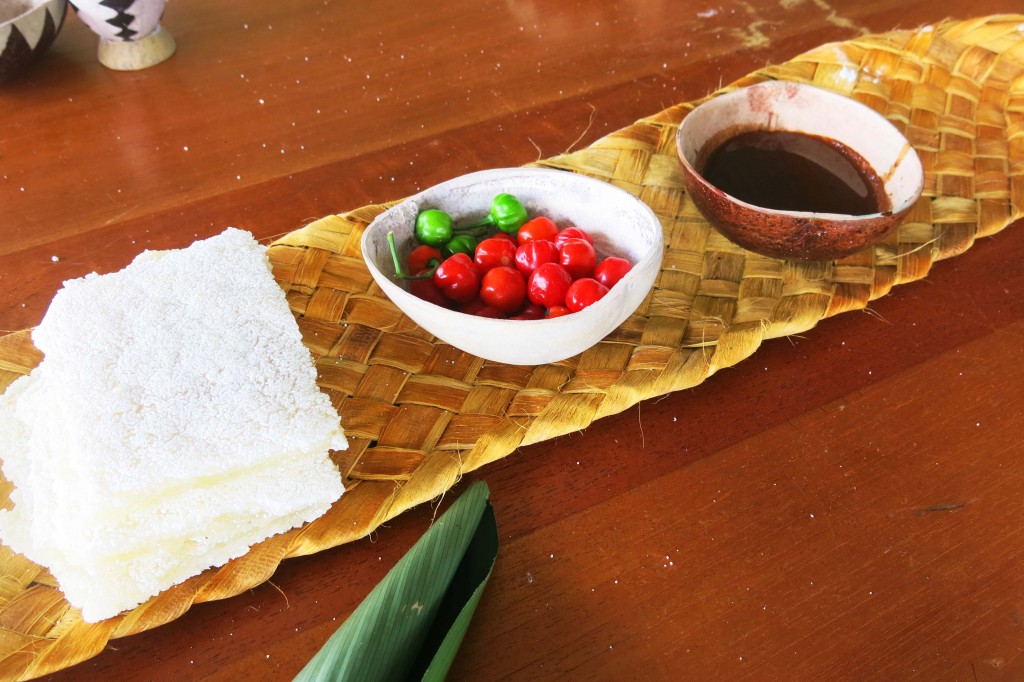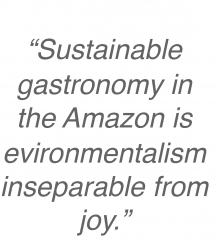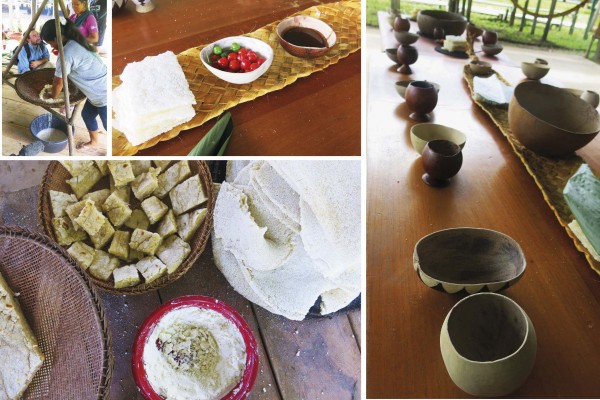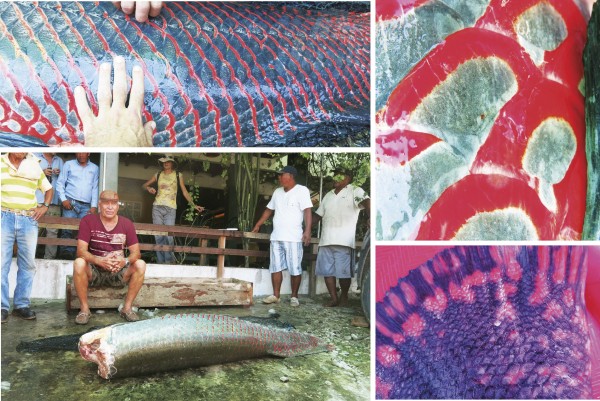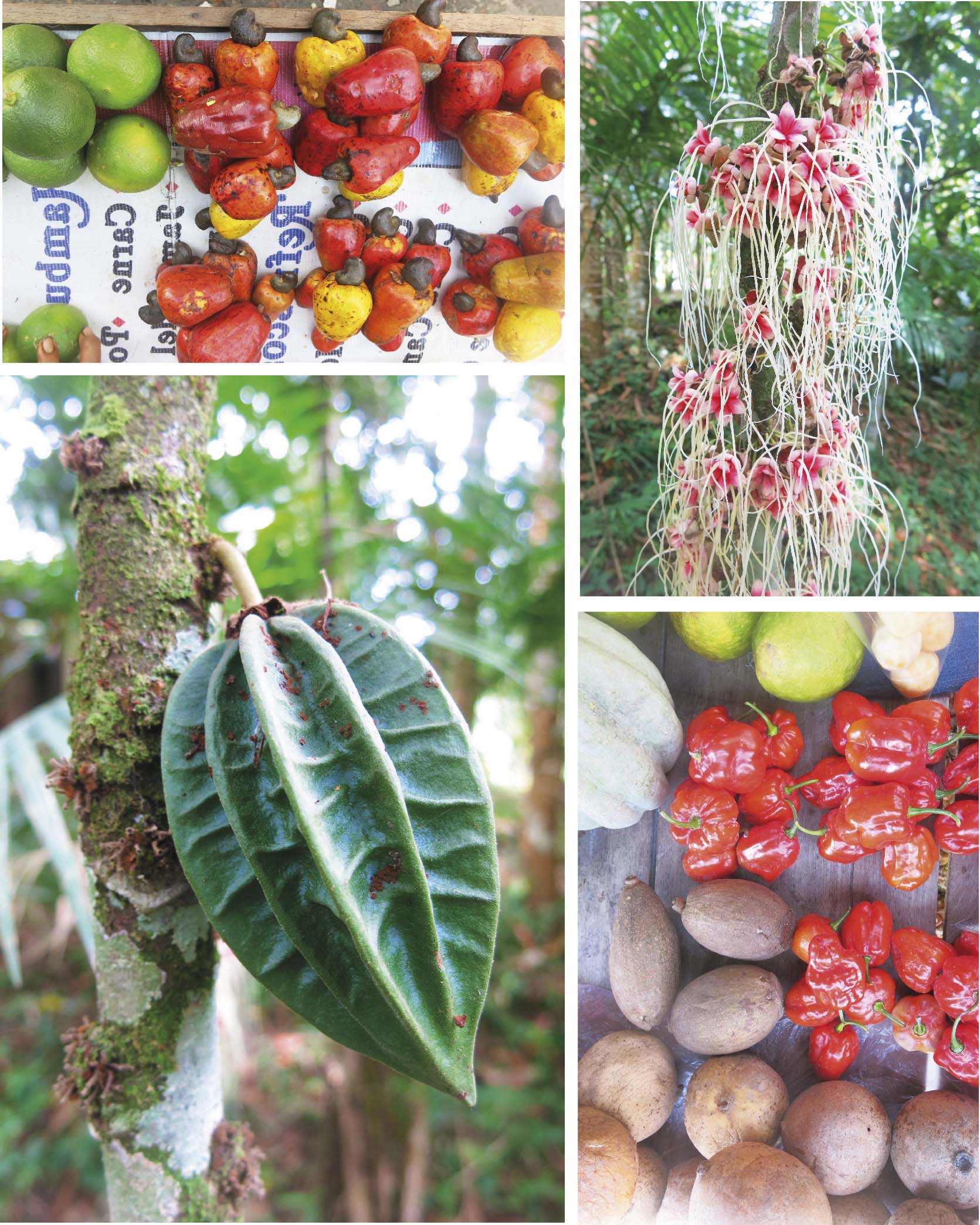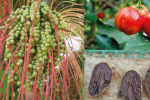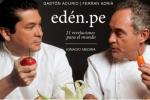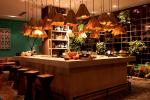By Jacob Olander
The Amazon River draws together the waters of nearly half of South America. Recently those waters were the venue for a remarkable meeting, drawing together chefs, social entrepreneurs, writers, scientists, conservationists and business people to chart a course for the future of food from, and for, the Amazon.
For three days in mid-November we helped convene—together with Michael Jenkins of Forest Trends, leading Peruvian chef Pedro Miguel Schiaffino, and food writer Ignacio Medina—a group with an ambitious purpose: connect the worlds of food, environmentalism and community development to make gastronomy a force for change in the Amazon.
This was an unusual meeting, bringing together an atypical combination of perspectives and backgrounds—cuisine, activism, business, science—that don’t necessarily have the tendency or opportunity to meet. The very fact of the meeting is testimony to the power of food to bring people together and create new bonds.
The participants were part of a budding trend, with culinary innovators from some of the most well-regarded restaurants in Latin America turning to the Amazon for inspiration in its local traditions and its near-endless pantry of new ingredients. See our earlier post for more background.
For three days we navigated the river, alternating intense strategy sessions with explorations of how food, community, forests and farms are connected in this part of the Amazon. Visits to the pulsing jungle market of Belen in Iquitos, brought home the potential of new products and ingredients waiting to be shared with the broader world. An afternoon at a fish farm that produces the undisputed king of the Amazon’s waters, the over 2 meter-long paiche (Arapaima gigas), sparked our thinking about how emblematic species can serve as an umbrella, protecting whole ecosystems. A day with Bora and Huitoto, indigenous cooks-cum-farmers, revealed the sophisticated culinary knowledge of these masters of farm-to-table.
Seeing all of this through the chefs’ eyes was, for me, a revelation. In the past I’ve had the very good fortune to appreciate the Amazon with the discerning perspective of expert scientists, bringing alive details of plant, bird or animal life that I’d otherwise never have noticed. I’ve walked the forest with the no-less-expert help of indigenous companions, bringing into focus the thousands of species for which they retain sophisticated knowledge of use, behavior and ecology. This visit, however, was something new, and not just because it was a new angle from which to read the book of nature.
The gastronomic lens on the Amazon is new and powerful in the way it so seamlessly brings together many different things that long-time-environmentalists like me recognize as both the path and the goal— better nutrition and health for local communities; pride in identity, culture and place; new economic alternatives that are based on the diversity and integrity of ecosystems, rather than on their simplification and destruction.
There’s much more to share and lots of exciting work to be done, with a rich store of ideas and projects that came together over those three days in the Amazon. We’ll be sharing more about the work that this group is doing in the weeks and months ahead.
Deepest gratitude to all our fellow travelers, especially the chefs who’ve taught me another new way to love, and hopefully help save, the Amazon: Eduardo Martinez of Mini Mal in Bogota, Kamilla Seidler of Gustu in La Paz, Mario Castrellon of Maíto in Panama, Fer Rivarola of El Baqueano in Buenos Aires, Mara Salles (with her extraordinary mingaos and barreados on board), Paulo Machado and his Instituto, and Nelson Mendez of Venezuela.
Recommended Links
[clear]
